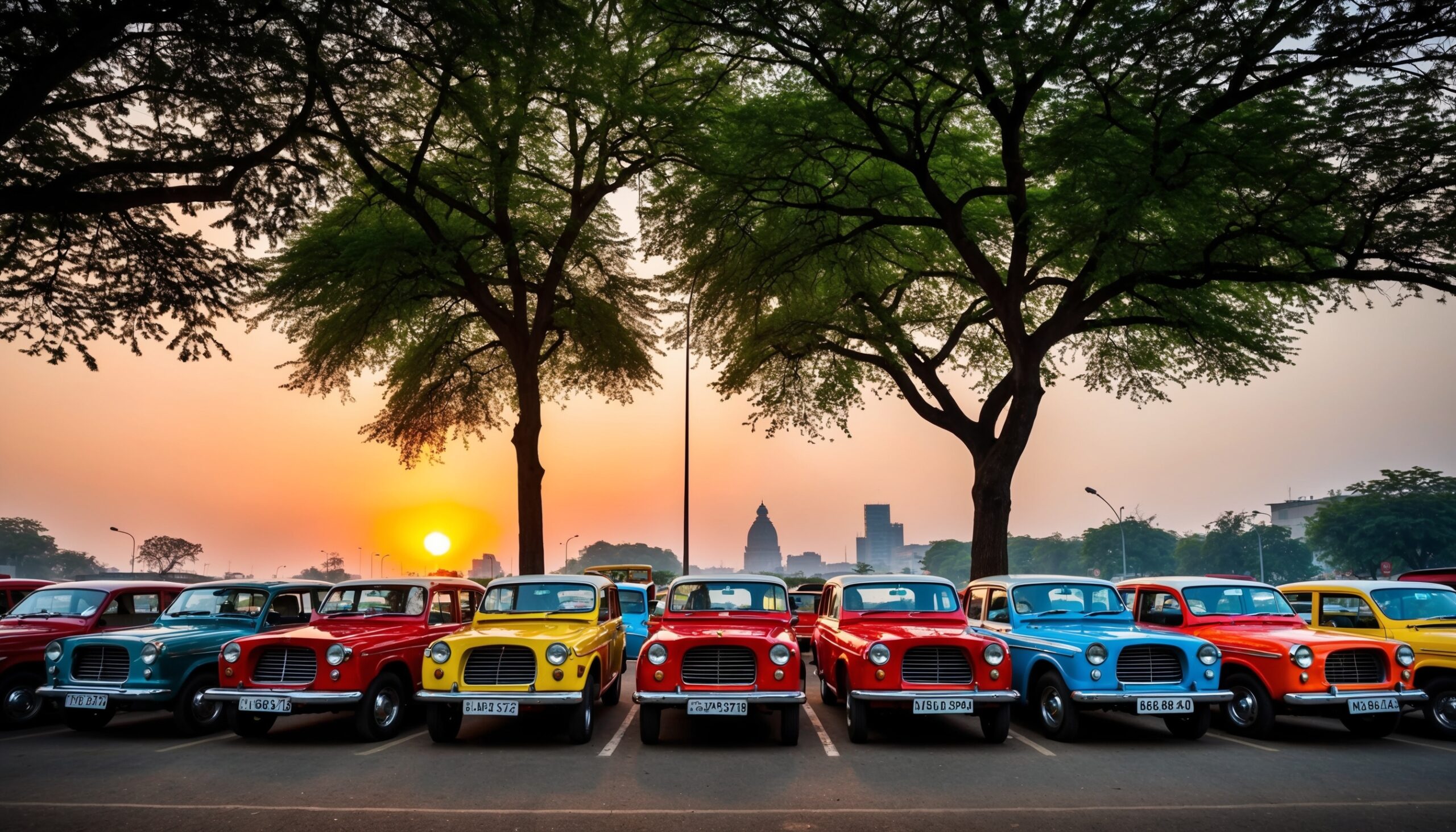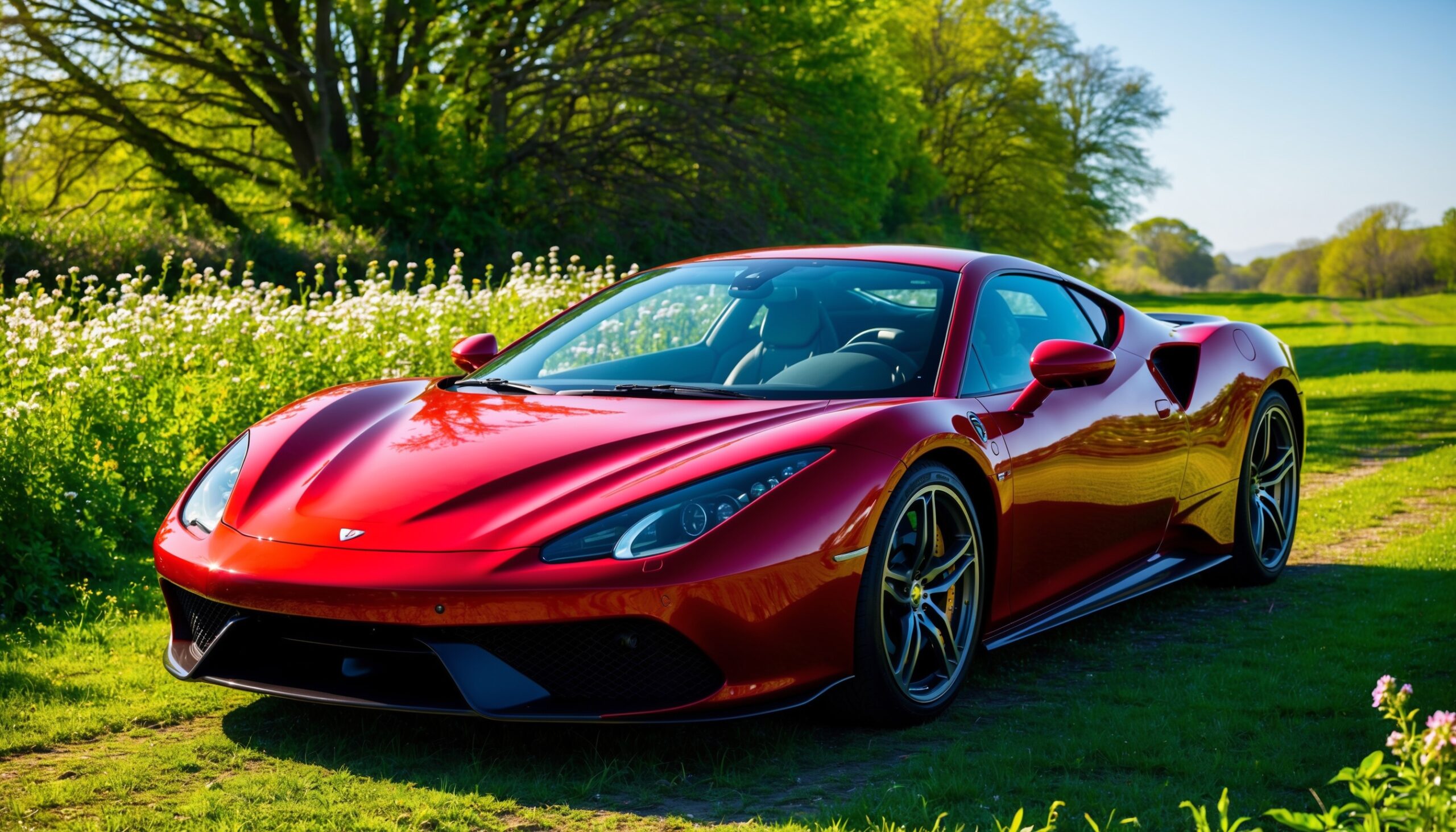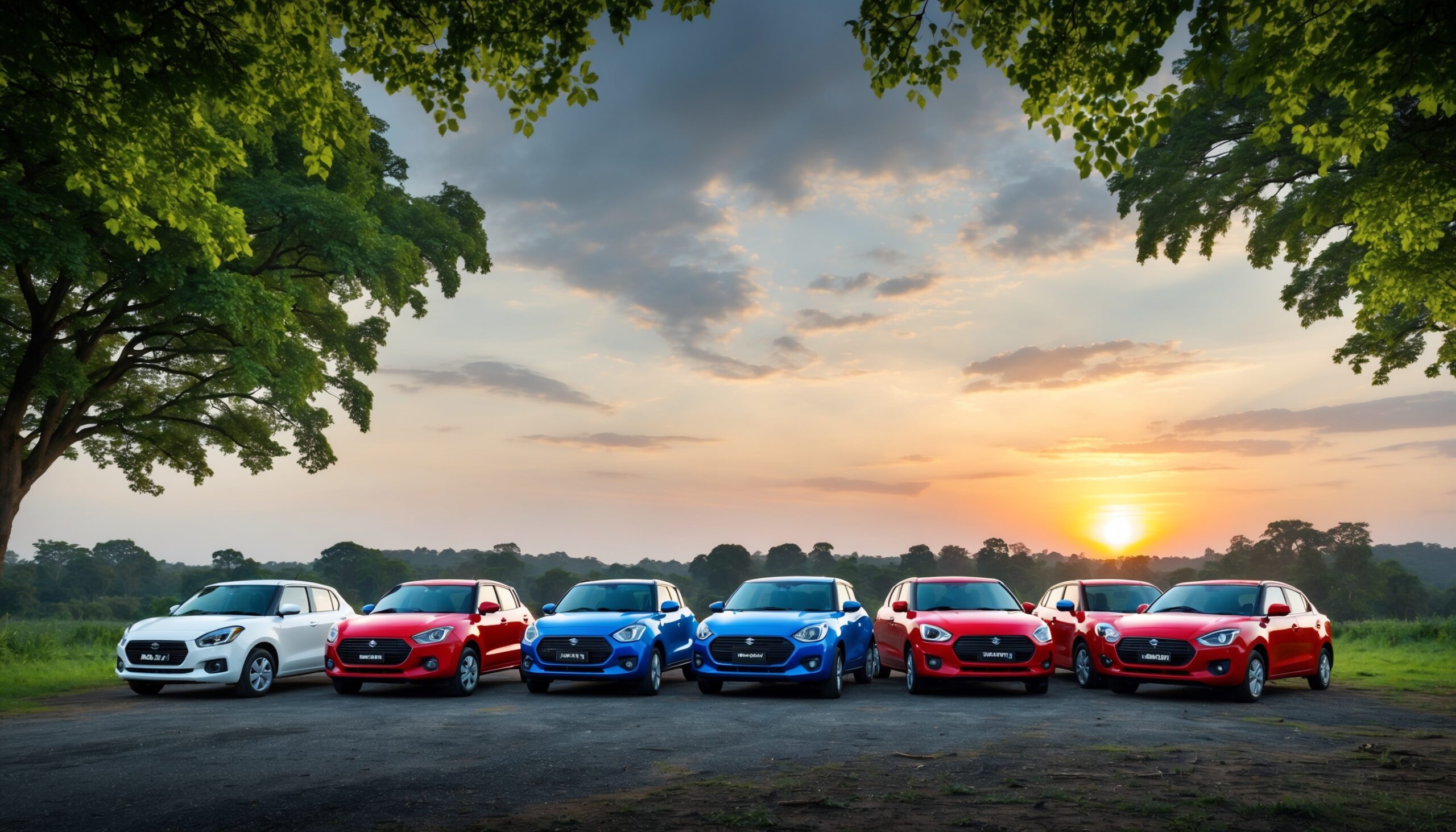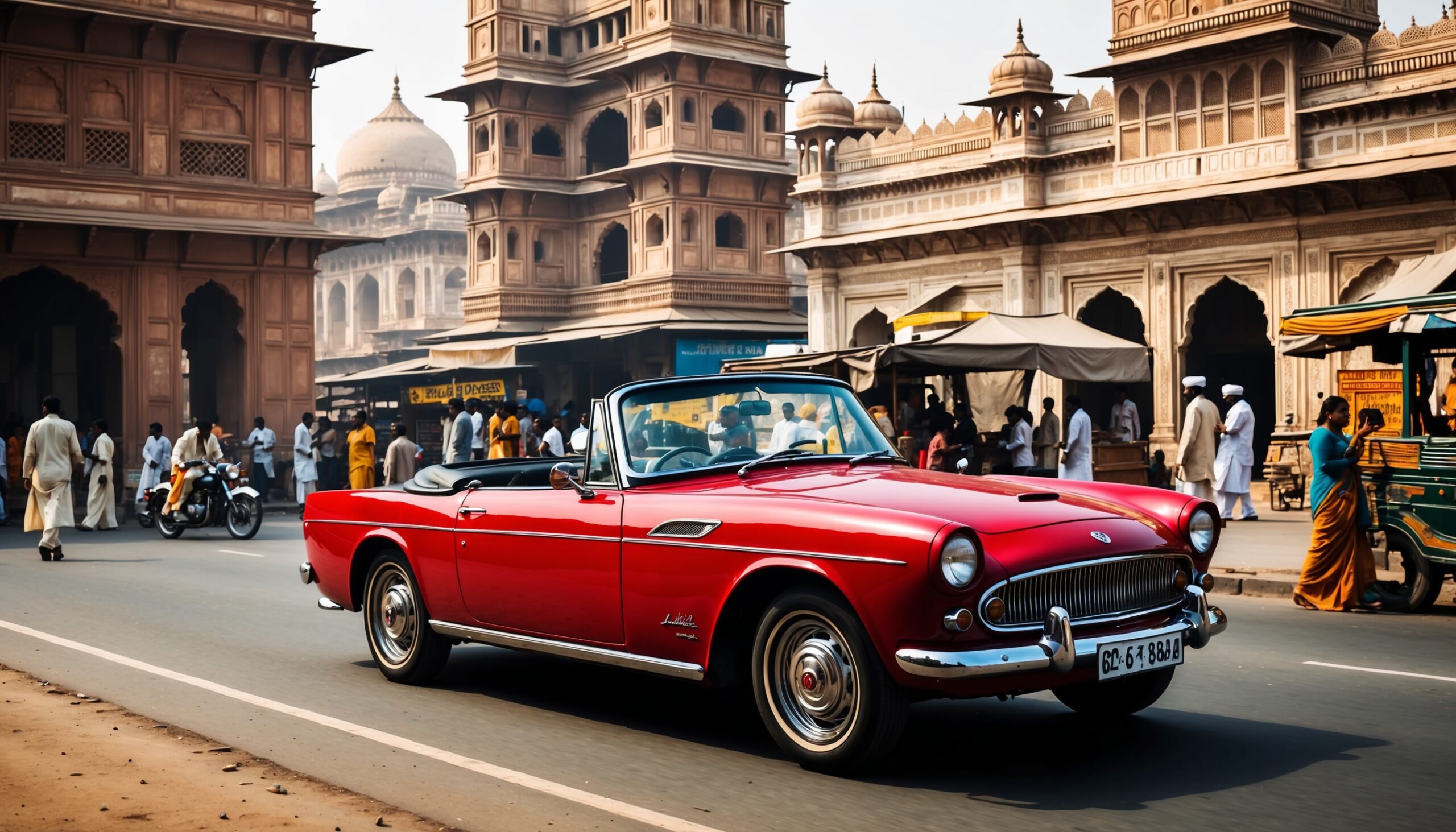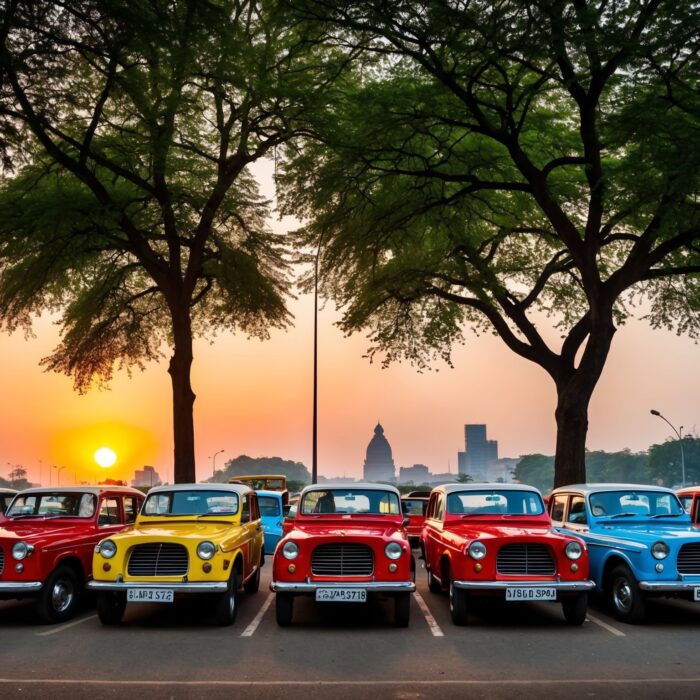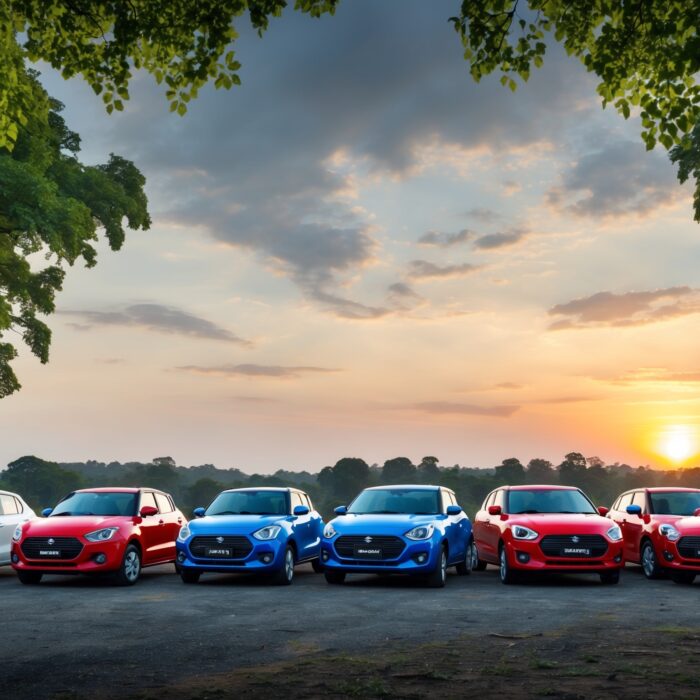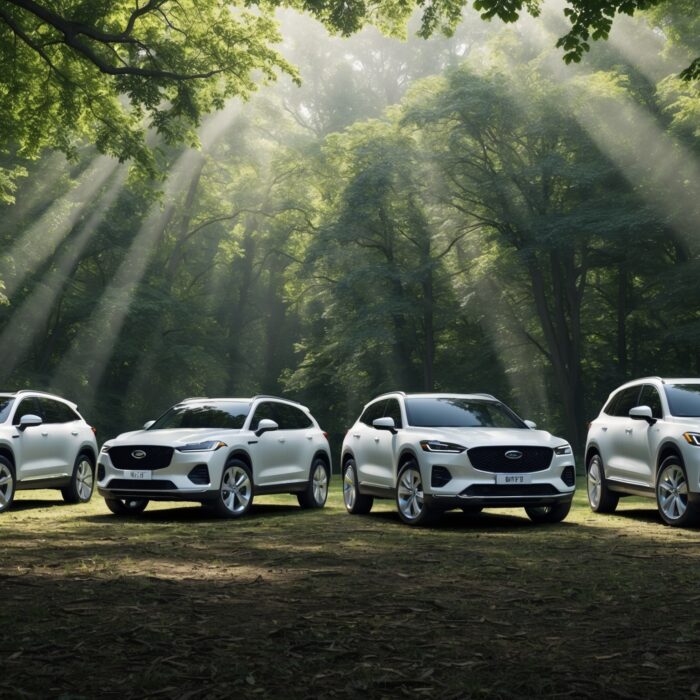California EV Drivers to Lose HOV Lane Access as Clean Air Decal Program Ends Oct 1, 2025
Attention all electric vehicle (EV) enthusiasts and California drivers! A significant change is on the horizon that could impact your daily commute and the way you plan your travel. As of October 1, 2025, California’s Clean Air Decal Program will officially come to an end, which means that electric vehicle drivers will lose their coveted access to High Occupancy Vehicle (HOV) lanes. This blog post will delve into what this means for you as a driver, how it may affect the EV market, and what alternatives might be available as we transition into this new era. So buckle up, and let’s navigate through this topic together!
Understanding the Clean Air Decal Program
The Clean Air Decal Program was established to promote the use of electric vehicles in California, a state known for its commitment to environmental sustainability. This program allowed certain EVs to display a clean air decal, granting them access to HOV lanes regardless of the number of passengers in the vehicle. This perk made EV ownership more attractive for many drivers, as it significantly reduced commute times and added an extra layer of convenience.
Initially launched in 2005, the program aimed to encourage the adoption of zero-emission vehicles and help the state meet its air quality goals. Over the years, it has evolved, expanding eligibility to include a wide range of electric and plug-in hybrid vehicles. However, as we approach the end date of this program, it’s essential to understand the implications for current and future EV owners.
Why Is the Program Ending?
The decision to end the Clean Air Decal Program stems from a combination of factors, including:
- Increased EV Adoption: With a growing number of electric vehicles on the road, the original intent of the program—to incentivize EV purchases—has largely been met.
- HOV Lane Congestion: The influx of single-occupancy EVs using HOV lanes has led to increased congestion, defeating the purpose of these lanes designed for high-occupancy vehicles.
- Policy Reevaluation: State officials are reconsidering transportation policies to find a balance between environmental goals and traffic management.
What This Means for EV Owners
The end of the Clean Air Decal Program signifies a return to traditional HOV lane rules. Here’s what you can expect:
- No More Solo Access: As of October 1, 2025, EV drivers will no longer be able to use HOV lanes unless they are traveling with at least one passenger.
- Impact on Commute Times: For many drivers who have relied on HOV lanes as a time-saving measure, this change could lead to longer commute times and increased frustration.
- Potential Market Shift: The loss of this incentive may influence consumer decisions regarding EV purchases, possibly slowing down the momentum of EV sales in California.
Alternatives for EV Drivers
While the end of the Clean Air Decal Program might seem daunting, California is actively working on various initiatives to support electric vehicle infrastructure and adoption. Here are some alternatives for EV drivers:
- Carpooling: If you are still interested in using HOV lanes, consider carpooling with friends or co-workers. This not only allows you to access HOV lanes but also reduces your carbon footprint.
- Public Transportation: As California enhances its public transport systems, EV drivers might find more convenient options for commuting, reducing the need for solo driving.
- Charging Infrastructure: There is a growing network of charging stations throughout the state, making it easier to own and operate an electric vehicle.
The Broader Implications for EVs in California

The termination of the Clean Air Decal Program is more than just a change in lane access; it reflects a broader shift in California’s transportation landscape. Here are some implications worth considering:
- Market Adjustments: The removal of HOV lane access could lead to a decline in new EV sales as consumers reevaluate the benefits of ownership without this incentive.
- Legislative Changes: As the state grapples with air quality issues and traffic congestion, we may see new policies aimed at incentivizing the adoption of cleaner transportation alternatives.
- Innovation in EV Technology: Manufacturers might ramp up their efforts to enhance EV technology, making them more appealing in other ways, such as improved range and affordability.
Impact on the Environment
One of the primary goals of the Clean Air Decal Program was to reduce air pollution and promote a healthier environment. With the end of this program, how will California prioritize these environmental initiatives?
While the immediate impact may seem negative, it’s essential to remember that the state is still committed to reducing emissions. California has set ambitious targets for carbon neutrality, and the focus will likely shift toward other regulations and incentives to achieve these goals. For instance, you might see:
- Enhanced Emissions Standards: Stricter regulations for all vehicles, including internal combustion engine (ICE) vehicles, to improve air quality.
- Investment in Renewable Energy: Continued investment in renewable energy sources to power electric vehicles, making them even more environmentally friendly.
- Support for Alternative Transportation: Encouragement of public transit, cycling, and walking as viable options to reduce single-occupancy vehicle use.
What Can You Do?
As a consumer, there are several actions you can take in response to the ending of the Clean Air Decal Program:
- Stay Informed: Keep up with local and state policies regarding electric vehicles and environmental initiatives. Organizations like Torque Feed offer great resources and updates.
- Advocate: Support local policies that promote sustainable transportation and advocate for continued incentives for electric vehicle ownership.
- Engage with Your Community: Join local EV clubs or forums to share experiences, advice, and strategies for adapting to the changing landscape.
The Future of Electric Vehicles in California
Despite the challenges presented by the end of the Clean Air Decal Program, the future for electric vehicles in California remains bright. The state continues to lead the charge in sustainable transportation, and as technology advances, we can expect:
- Innovative Technologies: Breakthroughs in battery technology, charging solutions, and autonomous driving capabilities that could redefine the EV experience.
- Increased Infrastructure: Ongoing improvements in charging networks and support for electric vehicle maintenance and service.
- Community Engagement: More initiatives aimed at educating the public about the benefits of electric vehicles and advocating for a cleaner, greener future.
Conclusion
The end of California’s Clean Air Decal Program on October 1, 2025, marks a pivotal moment for electric vehicle owners in the state. While the loss of HOV lane access may pose challenges, it also opens the door for new opportunities and innovations within the EV landscape. As car enthusiasts and environmentally-conscious drivers, it’s crucial to stay informed, adapt to changes, and continue to advocate for sustainable practices. Together, we can pave the way for a brighter, cleaner future on the roads of California.
To stay updated on the latest automotive news and developments, make sure to follow Torque Feed for more insights and discussions around electric vehicles and the automotive industry at large.


